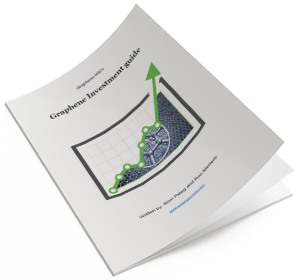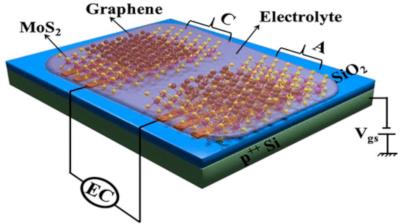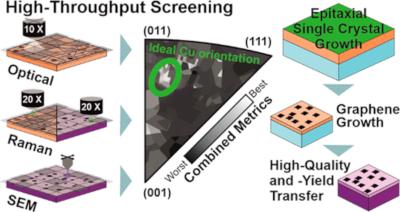Today we published a new edition of our Graphene Investment Guide, with all the latest information, including new companies that are now trading, financial updates and news from all public graphene companies and companies that have gone out of business.
 The global financial situation has deteriorated in the last few months, and the graphene industry is no exception. Companies find it more difficult to raise funds, and we see a trend of liquidations and consolidations - and this is likely to accelerate. Our updated guide may help to navigate the current graphene financial markets turmoil!
The global financial situation has deteriorated in the last few months, and the graphene industry is no exception. Companies find it more difficult to raise funds, and we see a trend of liquidations and consolidations - and this is likely to accelerate. Our updated guide may help to navigate the current graphene financial markets turmoil!
The Graphene Investment Guide includes:
- An introduction to graphene
- An overview of graphene's most exciting applications
- An analysis of graphene's potential
- Market forecasts from leading analysts
- Detailed descriptions and financials of all public graphene companies
- Over 80 financial reports and company presentations (premium edition only)
- Graphene-Info's own investment thesis and action plan
Any technology-driven investor that wishes to stay current on the most promising new nanotechnology should look into this report. The report includes extensive data and information needed to launch a successful strategic graphene investment portfolio.







